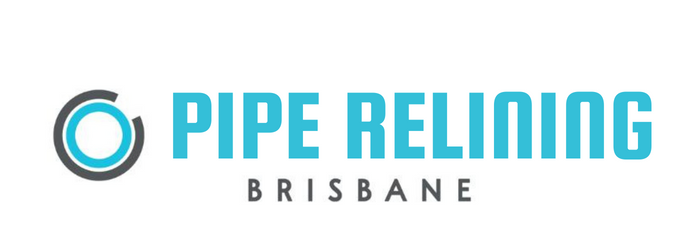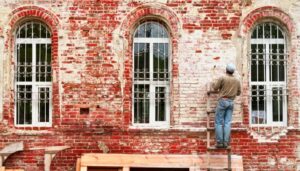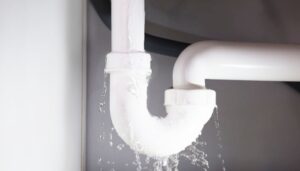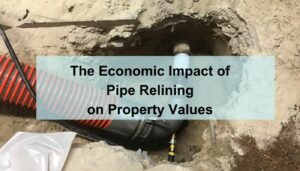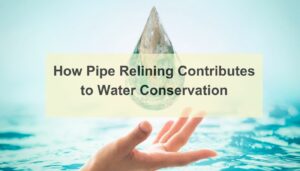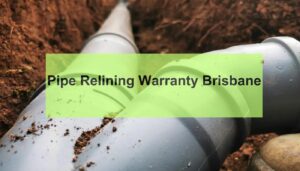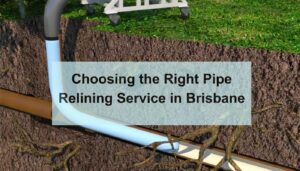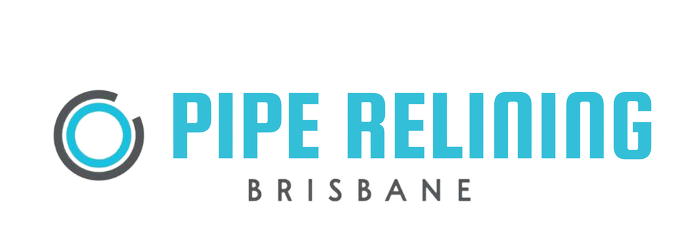Maintaining a healthy plumbing system is essential for any homeowner or building manager. It not only ensures the efficient functioning of water and sewage flow but also helps in avoiding unexpected and often costly repairs. One of the key solutions to maintaining your plumbing system is pipe relining, a method that offers a less invasive alternative to traditional pipe replacement. This technique is especially useful when dealing with aged or damaged pipes that might otherwise require extensive excavation and disruption to repair or replace.
In regions like Brisbane, where environmental factors such as soil type and weather conditions can accelerate pipe wear and tear, opting for a pipe relining company becomes a practical decision. “Pipe relining Brisbane” offers a quicker, more cost-effective, and less disruptive way to extend the life of your plumbing infrastructure. This section of our article will explore the various benefits of pipe relining and why it should be considered an essential part of your property’s maintenance plan. By understanding how the pipe relining process works and recognizing its advantages, homeowners and property managers can make informed decisions about their plumbing needs.
Understanding Pipe Relining
Pipe relining is a modern technique used to repair damaged pipes by creating a “pipe within a pipe.” This innovative approach involves inserting a resin-saturated liner into the existing pipe, which is then cured in place to form a new, robust pipe layer that is resistant to leaks, cracks, and tree root invasions. The materials used in this process typically include epoxy or polyester resins, known for their durability and long lifespan.
The relining process begins with a thorough cleaning of the existing pipe to remove any debris or blockages. Once the pipe is cleaned, the liner impregnated with resin is inserted using an air or water inversion process, and then expanded to fit tightly against the walls of the old pipe. Using ultraviolet light, steam, or hot water, the resin is cured, leaving behind a hardened, smooth surface that improves flow capacity and is highly resistant to future damage. This method is particularly advantageous because it requires minimal excavation, preserving landscapes, flooring, and walls, thereby reducing overall project costs and disruption.
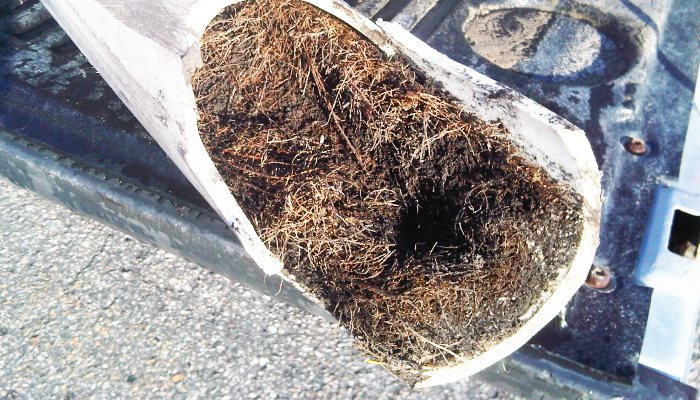
Common Signs of Pipe Deterioration
Recognizing the early signs of pipe deterioration can save homeowners significant time and money. Here are some common indicators that your pipes may need attention:
Frequent Blockages and Backups
If you find yourself repeatedly clearing out clogs, blocked drains or dealing with backups, it could be a sign that your pipes have significant internal damage or are beginning to fail.
Water Discoloration
Rusty or discolored water often suggests that your pipes are corroding inside, which can contaminate your water supply and indicate a need for pipe relining.
Leaks
Unexplained increases in water bills or visible wet spots on floors and walls might indicate leaky pipes. Leaks are not only costly but can also lead to structural damage and mold growth.
Unusual Noises
Gurgling or banging sounds from your pipes can be a sign of trapped air due pipe damage due to cracks or disjointed pipe connections.
Bad Odors
Persistent sewer-like smells can be a telltale sign of cracks, blocked drain, or breaks in your sewer line, allowing gases to escape.
Noticing these issues early can be a cue to consult with a professional for a detailed assessment. In many cases, pipe and relining solutions can address these problems effectively without the need for a complete pipe replacement, providing a reliable and less intrusive solution to pipe deterioration.
When to Consider Pipe Relining
Pipe relining is an ideal solution under several circumstances, offering a more sustainable and less disruptive alternative to both full pipe replacement and traditional pipe repair methods. Here are some scenarios where relining is the best option, guided by expert tips on identifying when your pipes need relining.
Aging Infrastructure
Older homes with aging plumbing systems are prime candidates for pipe relining solutions, especially when the pipes are still structurally sound but have minor damage or wear.
Under Landscaped Areas
When pipes run beneath landscaped or hardscaped areas, relining can repair the system without the need to dig up gardens, driveways, or patios, preserving your property’s aesthetic and structural integrity.
Historic Properties
For historic properties where preserving the original structure is crucial, relining offers a repair method that doesn’t disturb the building’s fabric.
Preventive Measures
In cases where no immediate problems are apparent but potential issues are detected during inspections, relining can be used as a preventive measure to avoid future disruptions and expenses.
Environmental Concerns
For areas with environmental constraints or regulations that limit extensive excavation, relining is a less invasive method that minimizes ecological impact.
By addressing these situations, pipe relining not only restores functionality and extends the lifespan of plumbing systems but also provides a cost-effective and timely solution with only minimal disruption and disturbance.
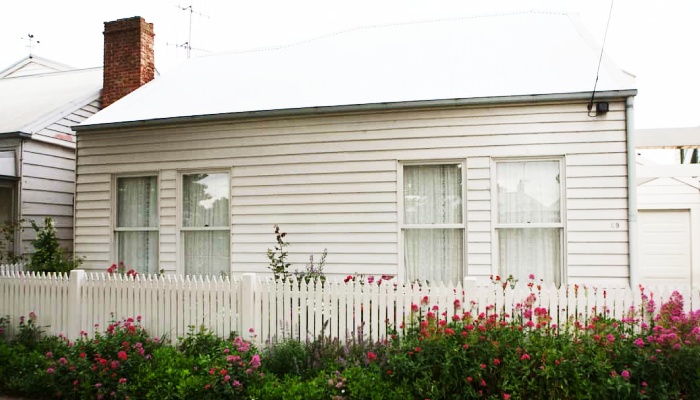
Diagnostic Tools and Techniques
Professional plumbers use a variety of advanced tools and techniques to diagnose the condition of pipes accurately, which is crucial before undertaking any relining project. Here are some of the key diagnostic methods:
CCTV Camera Inspections
A flexible, waterproof camera is inserted into the well pipe inspection system to provide real-time video feedback, allowing plumbers to visually inspect the interior conditions of the pipes. This method helps in identifying blockages, cracks, root intrusions, and other structural issues.
Hydrostatic Pressure Testing
This involves sealing off a section of the plumbing system and filling it with water to a specified pressure to check for leaks. Any drop in pressure indicates the presence of leaks, which can be precisely located for targeted repairs.
Sonar Units
Used in more complex scenarios, sonar technology can help detect anomalies in pipe walls, blockages, and other irregularities that might not be visible with a camera.
Smoke Testing
A non-toxic smoke is pumped into the sewer pipes. Any escape of smoke from the ground or building indicates the presence of cracks or openings in the pipe system.
These tools and techniques enable a thorough assessment of pipe health, ensuring that the chosen repair method, such as relining, is appropriately tailored to address the specific issues of the plumbing system. By using these diagnostic approaches, plumbing professionals can ensure a high success rate and durability for relining projects.
Choosing the Right Solution
Choosing the right solution for pipe repair is critical to ensuring long-lasting functionality and cost-efficiency. Here are some key factors to consider when deciding whether pipe relining is the appropriate method for your plumbing issues:
Assessment of Pipe Condition
Before any decisions are made, a comprehensive evaluation of the pipe’s condition should be conducted using the diagnostic tools mentioned earlier. This assessment will help determine whether relining damaged pipe is feasible or if replacement is necessary.
Material Compatibility
Ensure that the materials used in the relining process are compatible with the existing pipe materials. Different types of pipes, such as clay, cast iron, or PVC, may require different resin types or relining techniques.
Extent of Damage
Relining is most effective for pipes that have localized damage or are generally in good condition but need reinforcement. If the damage is too extensive, complete replacement of existing pipes might be the only viable option.
Cost Considerations
Although relining can be less expensive than replacing old pipes alone, especially when factoring in the cost of excavation and restoration, it’s important to get detailed quotes and compare long-term benefits versus immediate costs.
Regulatory Compliance
Ensure that the relining process and materials meet all local building codes and regulations, which can vary significantly depending on the location.
Professional Expertise
Select a qualified and experienced professional for the job. The success of pipe relining services heavily depends on the skill and knowledge of the technician performing the work.
By considering these factors, property owners can make an informed decision that aligns with their needs and budget, ensuring that their plumbing systems remain robust and functional for years to come.
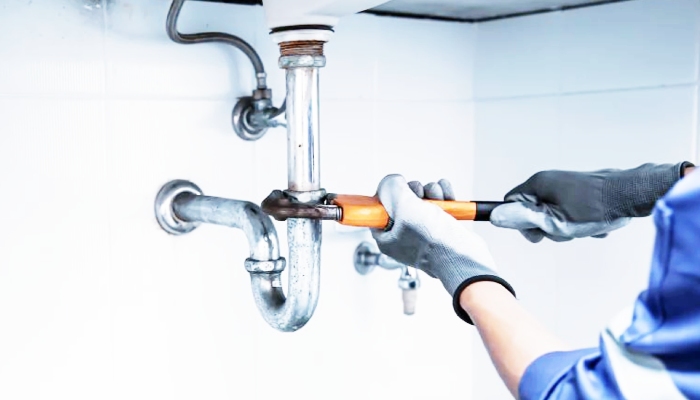
Conclusion: Ensuring Long-Term Pipe Health
In conclusion, maintaining the health of your plumbing system is essential for the overall longevity and efficiency of your property’s infrastructure. Recognizing the signs of pipe deterioration early and choosing the appropriate intervention like pipe relining can save significant time, money, and disruption. Pipe relining offers a less invasive, cost-effective solution compared to traditional pipe replacement methods, making it an excellent choice for most residential and commercial settings.
Regular inspections and timely repairs are crucial to preventing major plumbing failures, such as those caused by broken pipes. Property owners should consult with experienced professionals to determine the best maintenance and repair strategies for plumbing services, including the decision to repair or replace with relined pipes in their specific situations. With the right approach and expert advice, the integrity of plumbing systems can be preserved, ensuring reliable service and peace of mind for all occupants.
